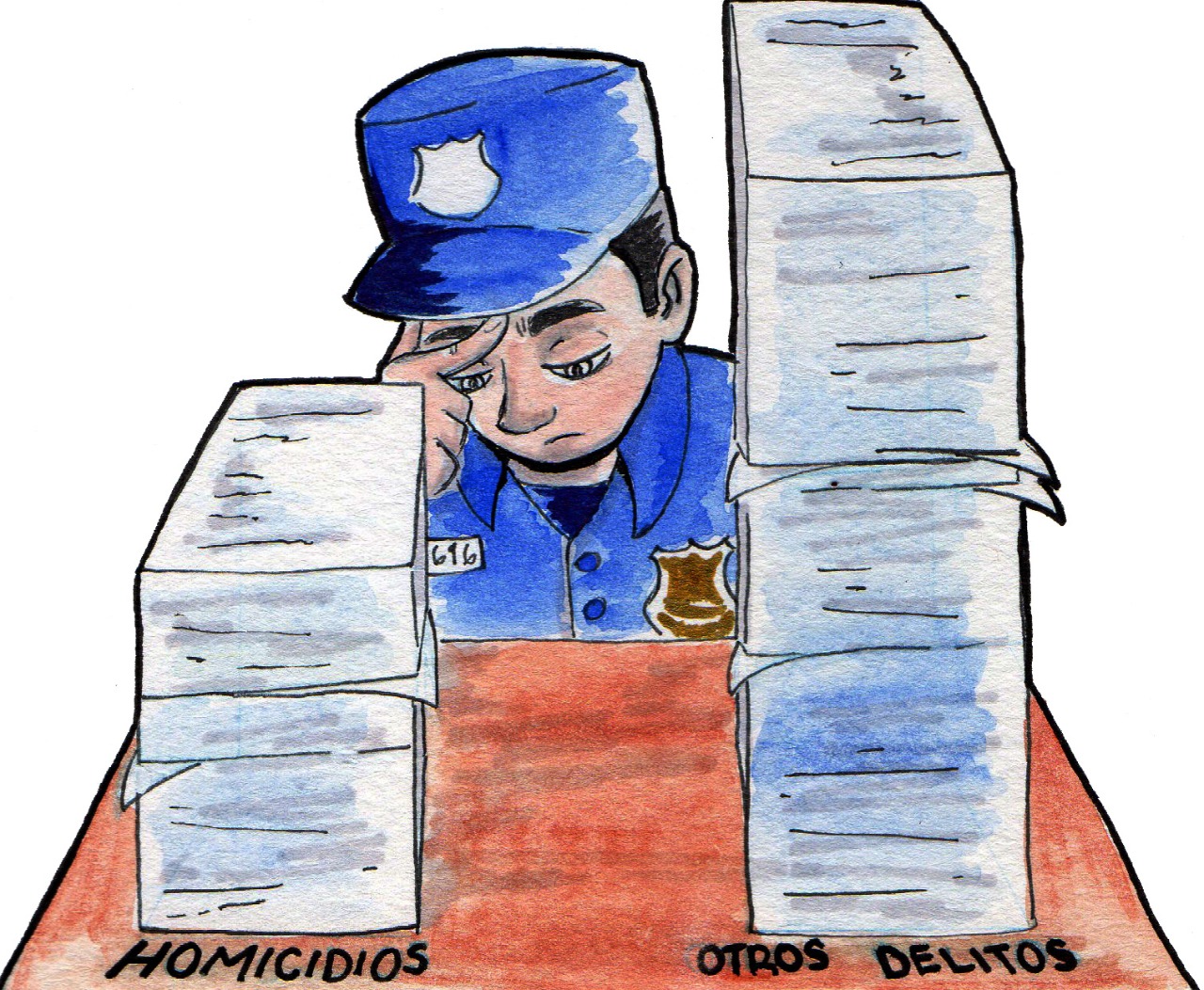

Since 2015, the number of homicides in El Salvador has fallen. However, the data shows that the fall may not be sustainable over time, why is this?
In 2019 El Salvador registered the lowest homicide rate since the civil war. The homicide rate per 100,000 residents in El Salvador has dropped to 35 after reaching more than 100 in 2015. This rate is the lowest in recent decades, even surpassing homicide rates in the years of the gang truce in 2014. If it continues with the same trajectory, the country could have an even lower rate than countries like Mexico, Guatemala and Colombia.
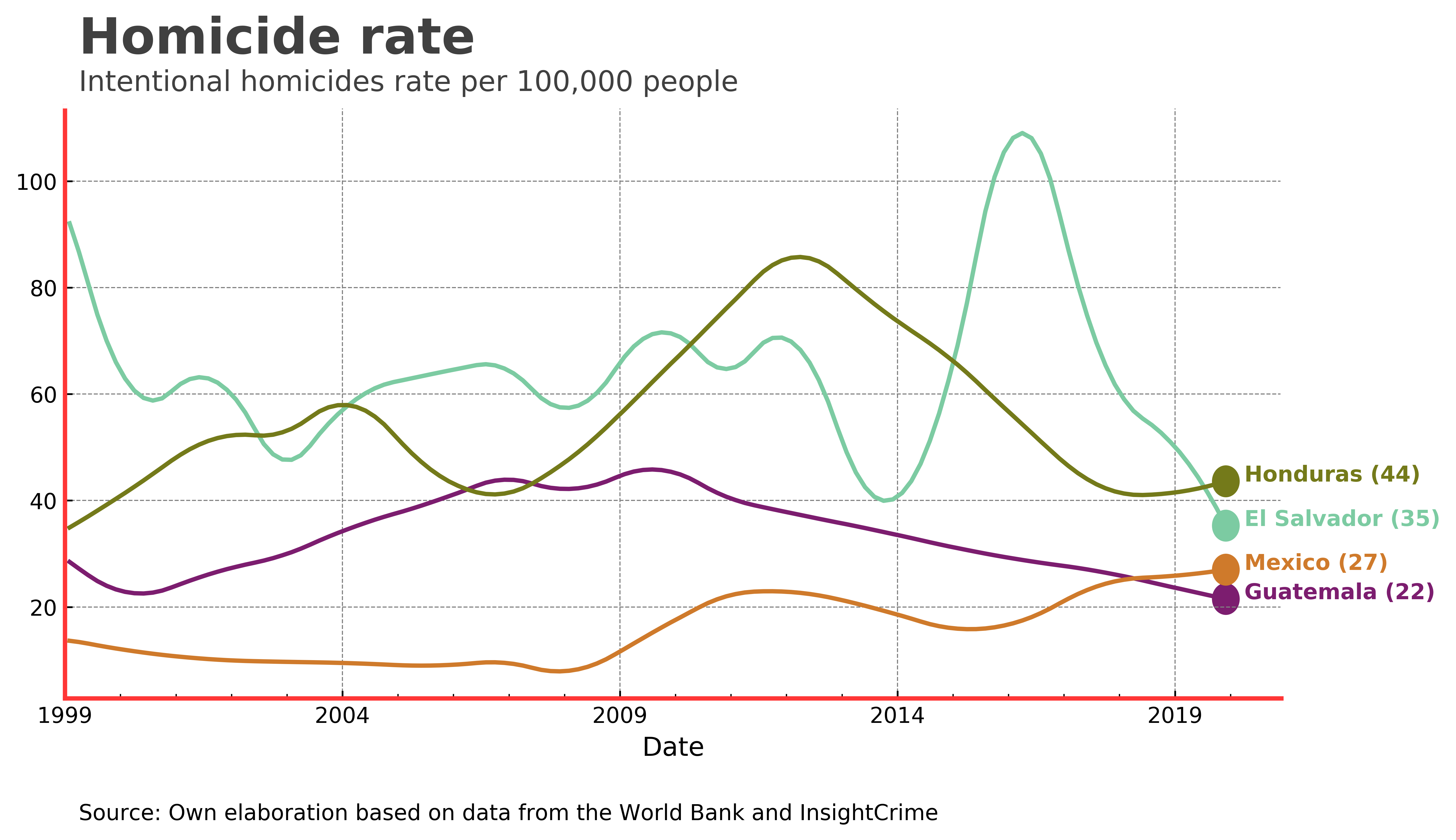
Despite the significant drop in homicides, the other types of crime have not decreased. The drop in homicides that has been registered after the peak in 2015 has meant greater security for Salvadorans. However, the other types of crimes do not mark a downward trend. In the following graph it can be clearly seen that some crimes such as Thefts, Robberies and Extortions have remained at the same level in recent years and even with significant increases for some months. For Violation crimes, almost 200 cases have been consistently reported monthly since 2017
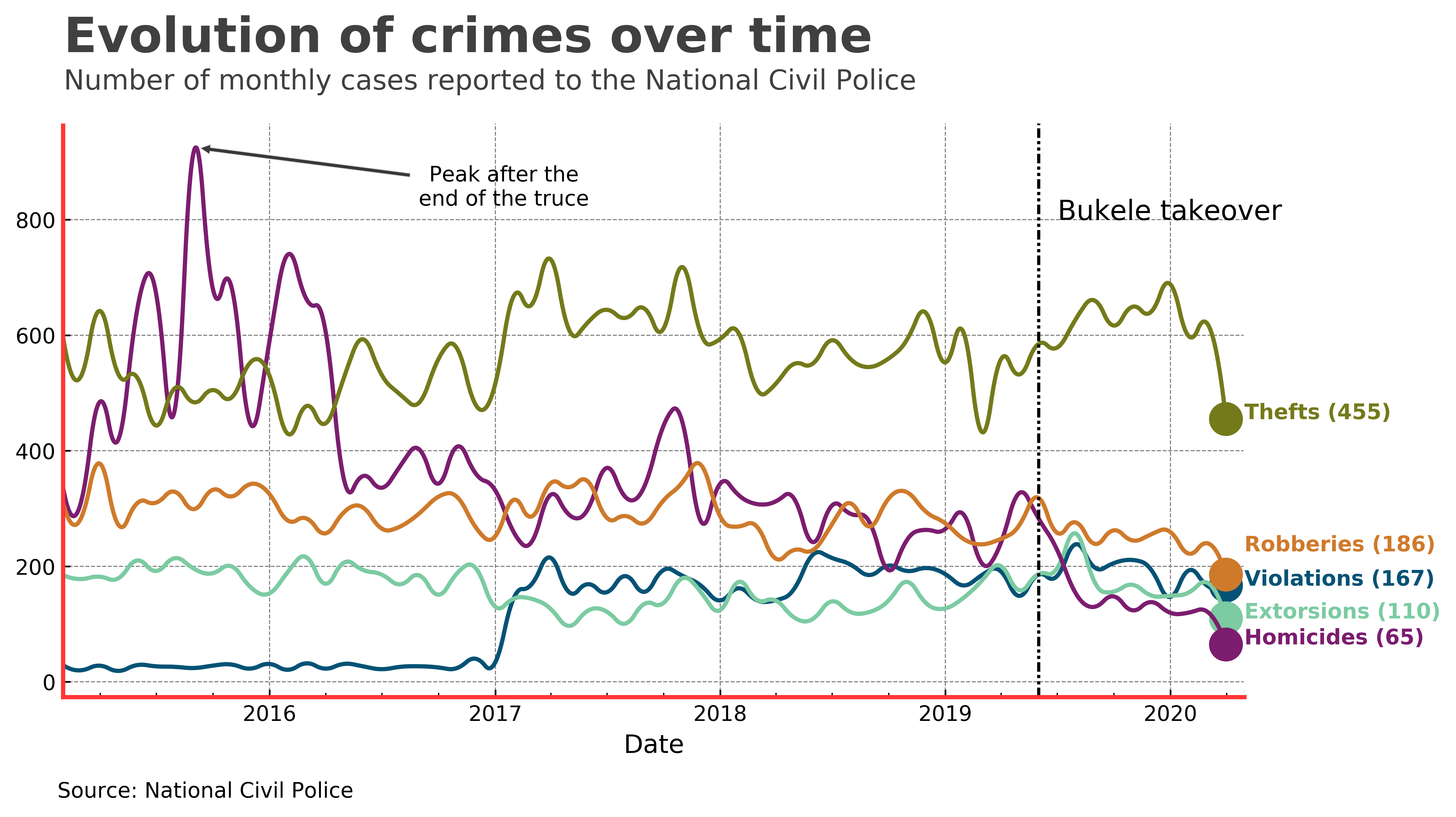
This trend could indicate that criminal structures are maintained and that they continue to carry out their activities to maintain their income on a regular basis. Although the drop in homicides is a positive aspect for Salvadorans, criminal structures continue to be a latent danger, especially when measures that keep homicides low cease or no longer work.
Since the Arena governments, crime has been treated as a security problem in which the goal is to bring peace to Salvadorans and companies. Governments have seriously focused on using brute force to decrease crimes, especially homicides. The plan implemented by the current government - territorial control - seems to be a similar strategy, in which the armed forces and the national civil police are responsible for maintaining harmony in the communities and on the streets. The current government attributes all the success in the fall in homicides to this strategy.
Crime is also a social problem. Brute force has a very serious problem and that is that it does not attend to the structural problems of crime, which is rooted in multiple social problems. In particular, there are two problems that mainly affect the country’s children and youth: the poor educational system and the lack of job opportunities.
The expulsion of young people from the educational system maintains criminal structures. In El Salvador, only 2 out of 10 Salvadorans living in poverty finish high school, and those who remain in school do not achieve the minimum learning according to national tests - PAES
Economic insecurity is another factor that motivates young people to join gangs. Most of the members are unemployed, 70% come from households with a family income of less than $250
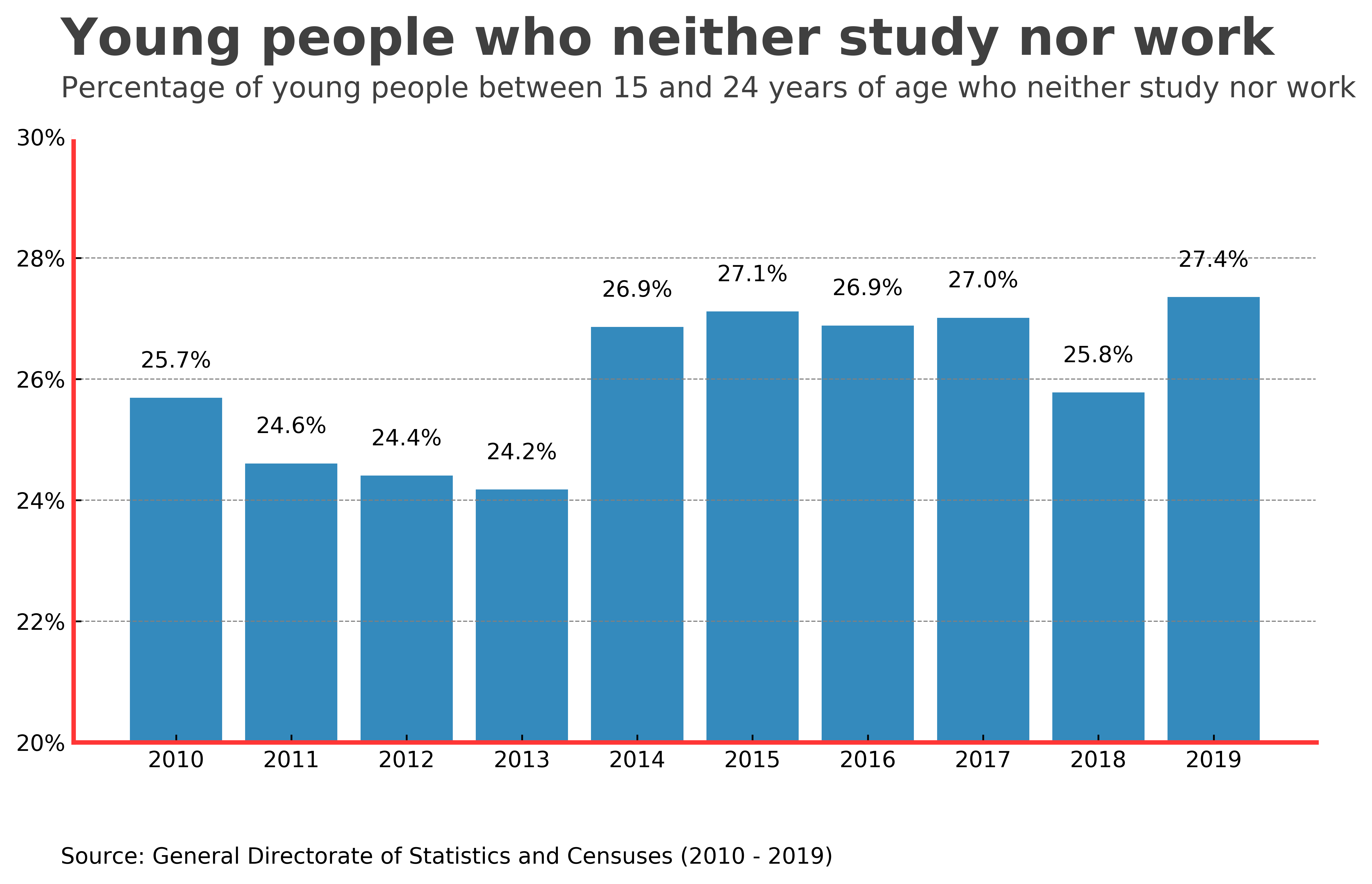
A strong economic contraction is expected to leave thousands of Salvadorans without jobs due to the COVID crisis. Just in the month of April, the level of formal workers has fallen to 2016 levels, the equivalent of going back 4 years in job creation, a particularly difficult situation for young people, taking into account the large number that enter the labor market each year
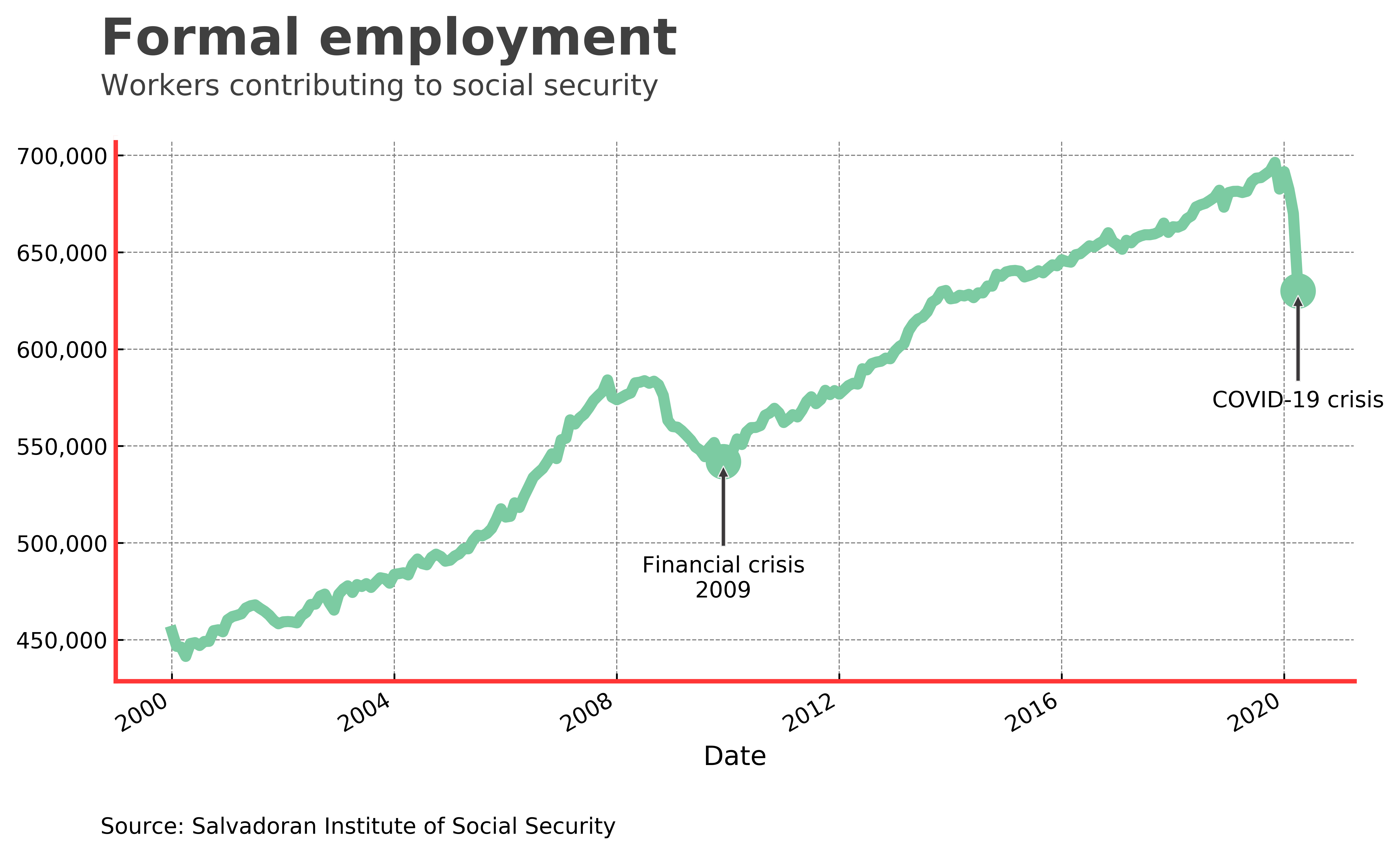
The drop in homicides is an important advance, but other challenges remain. To maintain the safety of Salvadorans and above all to resolve the root causes of gangs, social policies must be created that allow the incorporation of young people into the labor market and that more students can finish their studies. The education budget has remained low compared to the rest of the region, and efforts to create job opportunities for the youngest have not yielded results. The new government must provide opportunities for the most vulnerable, so that the drop in crime levels is sustained over time. The COVID-19 pandemic, for its part, leaves other important challenges that could reverse the progress already made, which could motivate young people without jobs to continue carrying out criminal acts. In difficult times, those most in need should be protected.
Article published in: El Faro